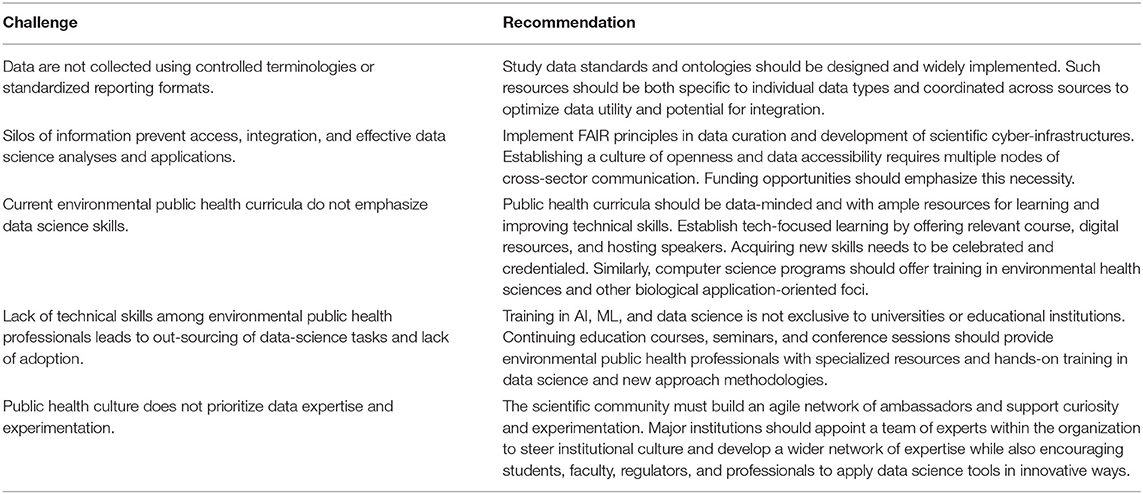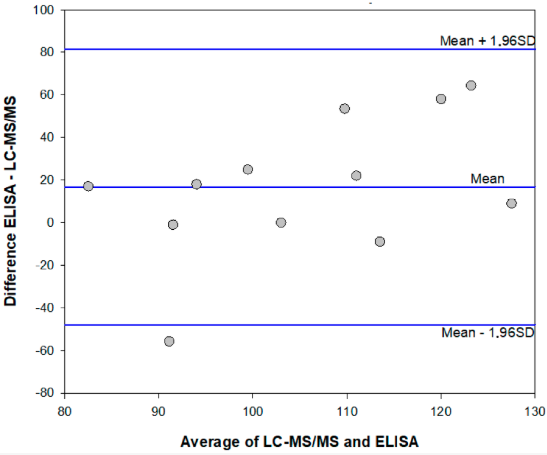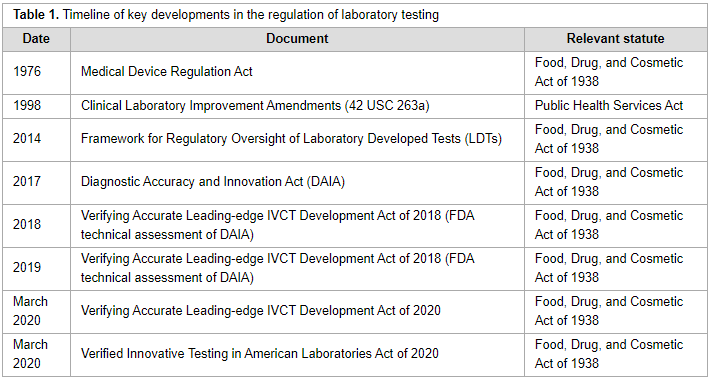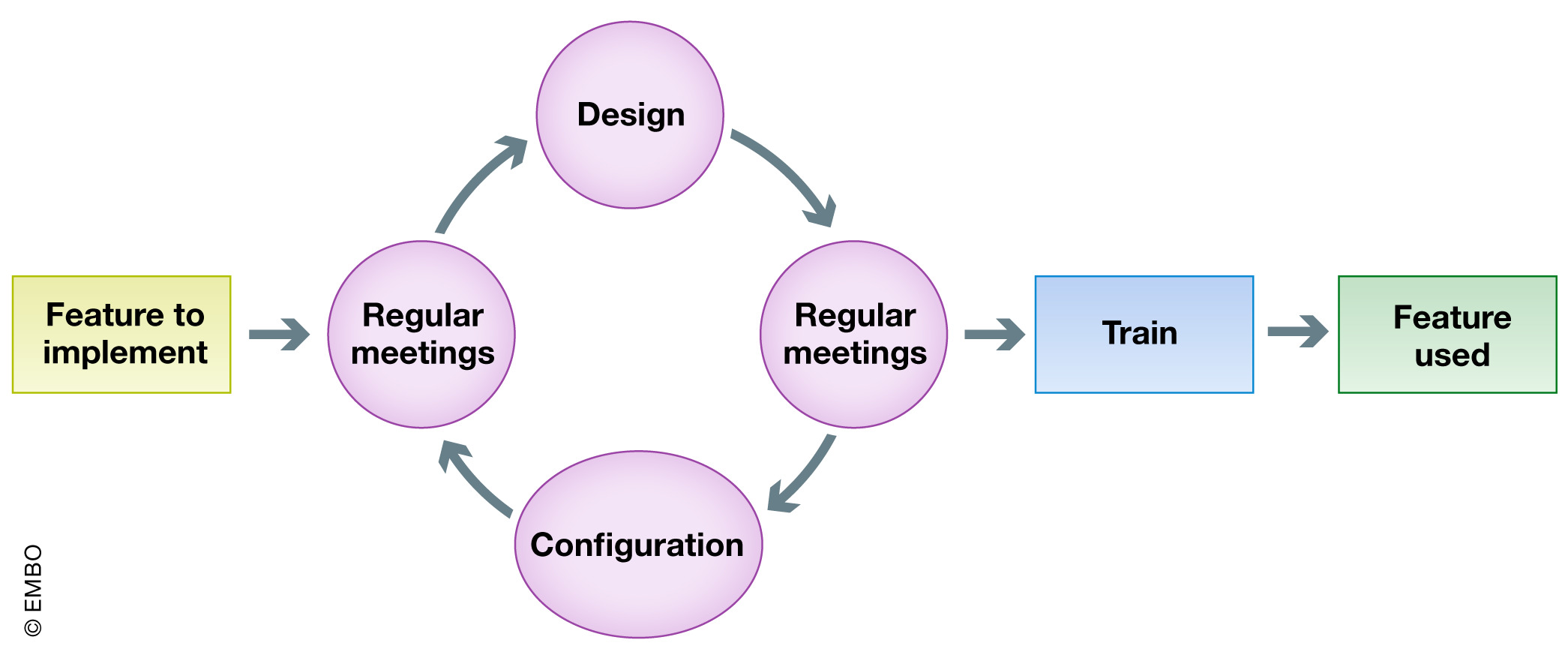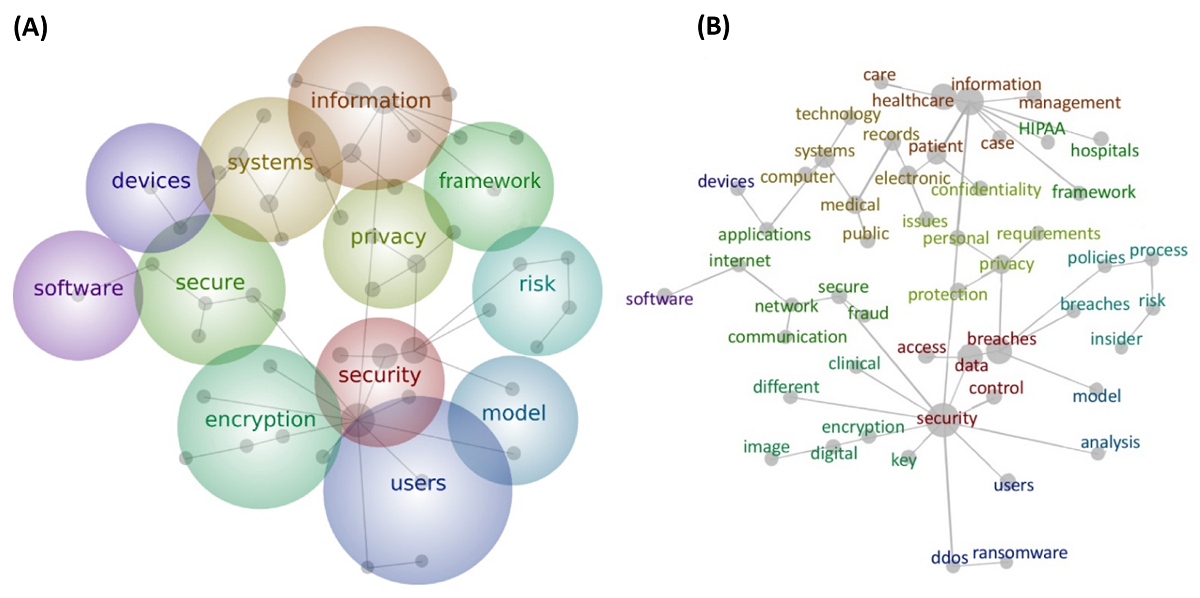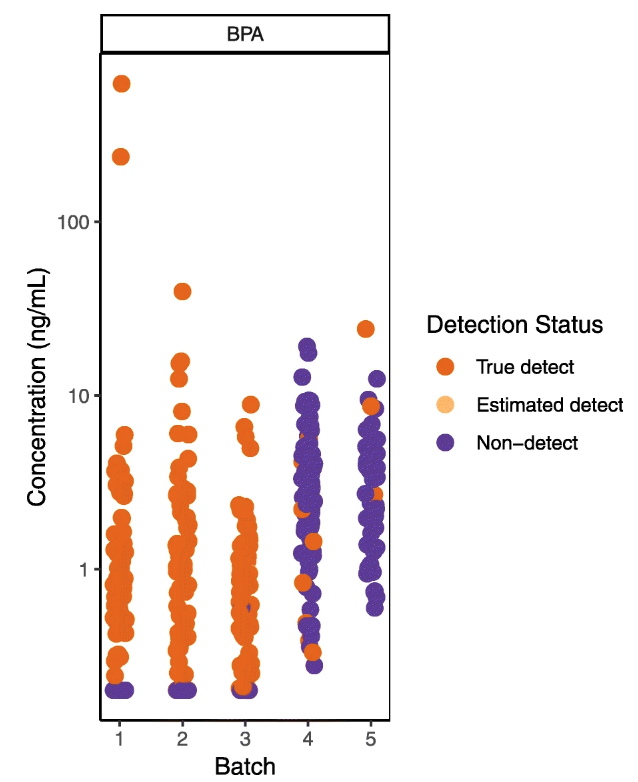Difference between revisions of "Main Page/Featured article of the week/2021"
Shawndouglas (talk | contribs) (Added prior week's article of the week) |
Shawndouglas (talk | contribs) (Added last week's article of the week) |
||
| Line 17: | Line 17: | ||
<!-- Below this line begin pasting previous news --> | <!-- Below this line begin pasting previous news --> | ||
<h2 style="font-size:105%; font-weight:bold; text-align:left; color:#000; padding:0.2em 0.4em; width:50%;">Featured article of the week: July 19–25:</h2> | <h2 style="font-size:105%; font-weight:bold; text-align:left; color:#000; padding:0.2em 0.4em; width:50%;">Featured article of the week: July 26–August 1:</h2> | ||
<div style="float: left; margin: 0.5em 0.9em 0.4em 0em;">[[File:Tab1 Comess FrontArtInt2020 3.jpg|240px]]</div> | |||
'''"[[Journal:Bringing big data to bear in environmental public health: Challenges and recommendations|Bringing big data to bear in environmental public health: Challenges and recommendations]]"''' | |||
Understanding the role that the environment plays in influencing [[public health]] often involves collecting and studying large, complex data sets. There have been a number of private and public efforts to gather sufficient [[information]] and confront significant unknowns in the field of [[Environmental health|environmental public health]], yet there is a persistent and largely unmet need for findable, accessible, interoperable, and reusable [[Journal:The FAIR Guiding Principles for scientific data management and stewardship|(FAIR) data]]. Even when data are readily available, the ability to create, [[Data analysis|analyze]], and draw conclusions from these data using emerging computational tools, such as augmented intelligence, [[artificial intelligence]] (AI), and [[machine learning]], requires technical skills not currently implemented on a programmatic level across research hubs and academic institutions. ('''[[Journal:Bringing big data to bear in environmental public health: Challenges and recommendations|Full article...]]''')<br /> | |||
|- | |||
|<br /><h2 style="font-size:105%; font-weight:bold; text-align:left; color:#000; padding:0.2em 0.4em; width:50%;">Featured article of the week: July 19–25:</h2> | |||
<div style="float: left; margin: 0.5em 0.9em 0.4em 0em;">[[File:Fig2 DiNardo Toxins2020 12-4.png|240px]]</div> | <div style="float: left; margin: 0.5em 0.9em 0.4em 0em;">[[File:Fig2 DiNardo Toxins2020 12-4.png|240px]]</div> | ||
'''"[[Journal:Enzyme immunoassay for measuring aflatoxin B1 in legal cannabis|Enzyme immunoassay for measuring aflatoxin B1 in legal cannabis]]"''' | '''"[[Journal:Enzyme immunoassay for measuring aflatoxin B1 in legal cannabis|Enzyme immunoassay for measuring aflatoxin B1 in legal cannabis]]"''' | ||
Revision as of 18:56, 3 August 2021
|
|
If you're looking for other "Article of the Week" archives: 2014 - 2015 - 2016 - 2017 - 2018 - 2019 - 2020 - 2021 |
Featured article of the week archive - 2021
Welcome to the LIMSwiki 2021 archive for the Featured Article of the Week.
Featured article of the week: July 26–August 1:"Bringing big data to bear in environmental public health: Challenges and recommendations" Understanding the role that the environment plays in influencing public health often involves collecting and studying large, complex data sets. There have been a number of private and public efforts to gather sufficient information and confront significant unknowns in the field of environmental public health, yet there is a persistent and largely unmet need for findable, accessible, interoperable, and reusable (FAIR) data. Even when data are readily available, the ability to create, analyze, and draw conclusions from these data using emerging computational tools, such as augmented intelligence, artificial intelligence (AI), and machine learning, requires technical skills not currently implemented on a programmatic level across research hubs and academic institutions. (Full article...)
|
